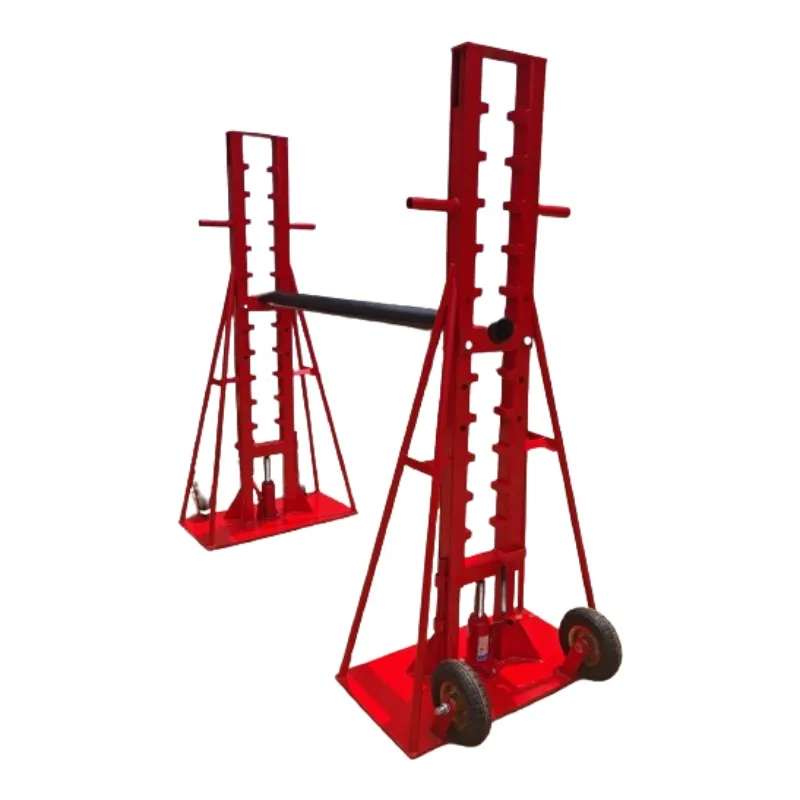
-
 Afrikaans
Afrikaans -
 Albanian
Albanian -
 Amharic
Amharic -
 Arabic
Arabic -
 Armenian
Armenian -
 Azerbaijani
Azerbaijani -
 Basque
Basque -
 Belarusian
Belarusian -
 Bengali
Bengali -
 Bosnian
Bosnian -
 Bulgarian
Bulgarian -
 Catalan
Catalan -
 Cebuano
Cebuano -
 Corsican
Corsican -
 Croatian
Croatian -
 Czech
Czech -
 Danish
Danish -
 Dutch
Dutch -
 English
English -
 Esperanto
Esperanto -
 Estonian
Estonian -
 Finnish
Finnish -
 French
French -
 Frisian
Frisian -
 Galician
Galician -
 Georgian
Georgian -
 German
German -
 Greek
Greek -
 Gujarati
Gujarati -
 Haitian Creole
Haitian Creole -
 hausa
hausa -
 hawaiian
hawaiian -
 Hebrew
Hebrew -
 Hindi
Hindi -
 Miao
Miao -
 Hungarian
Hungarian -
 Icelandic
Icelandic -
 igbo
igbo -
 Indonesian
Indonesian -
 irish
irish -
 Italian
Italian -
 Japanese
Japanese -
 Javanese
Javanese -
 Kannada
Kannada -
 kazakh
kazakh -
 Khmer
Khmer -
 Rwandese
Rwandese -
 Korean
Korean -
 Kurdish
Kurdish -
 Kyrgyz
Kyrgyz -
 Lao
Lao -
 Latin
Latin -
 Latvian
Latvian -
 Lithuanian
Lithuanian -
 Luxembourgish
Luxembourgish -
 Macedonian
Macedonian -
 Malgashi
Malgashi -
 Malay
Malay -
 Malayalam
Malayalam -
 Maltese
Maltese -
 Maori
Maori -
 Marathi
Marathi -
 Mongolian
Mongolian -
 Myanmar
Myanmar -
 Nepali
Nepali -
 Norwegian
Norwegian -
 Norwegian
Norwegian -
 Occitan
Occitan -
 Pashto
Pashto -
 Persian
Persian -
 Polish
Polish -
 Portuguese
Portuguese -
 Punjabi
Punjabi -
 Romanian
Romanian -
 Russian
Russian -
 Samoan
Samoan -
 Scottish Gaelic
Scottish Gaelic -
 Serbian
Serbian -
 Sesotho
Sesotho -
 Shona
Shona -
 Sindhi
Sindhi -
 Sinhala
Sinhala -
 Slovak
Slovak -
 Slovenian
Slovenian -
 Somali
Somali -
 Spanish
Spanish -
 Sundanese
Sundanese -
 Swahili
Swahili -
 Swedish
Swedish -
 Tagalog
Tagalog -
 Tajik
Tajik -
 Tamil
Tamil -
 Tatar
Tatar -
 Telugu
Telugu -
 Thai
Thai -
 Turkish
Turkish -
 Turkmen
Turkmen -
 Ukrainian
Ukrainian -
 Urdu
Urdu -
 Uighur
Uighur -
 Uzbek
Uzbek -
 Vietnamese
Vietnamese -
 Welsh
Welsh -
 Bantu
Bantu -
 Yiddish
Yiddish -
 Yoruba
Yoruba -
 Zulu
Zulu


ຕ.ລ. . 30, 2024 13:27 Back to list
1 2 ground rod
Understanding the Importance of 1% and 2% Ground Rods in Electrical Systems
Grounding is a crucial aspect of electrical systems, ensuring safety and functionality in both residential and industrial environments. Among the various components involved in grounding systems, ground rods play a vital role. Ground rods are metal rods driven into the ground to provide a low-resistance path for electrical currents to dissipate safely into the earth. In this article, we will explore the implications of using 1% and 2% ground rods, primarily focusing on their material composition, effectiveness, and applications.
Composition and Structure
Ground rods can be made from various materials, including copper, galvanized steel, and stainless steel. The percentages in their designation (e.g., 1% and 2%) typically refer to the thickness or the content of conductive materials in the rod. A 1% ground rod might have a lower concentration of conductive materials compared to a 2% ground rod, affecting its corrosion resistance and overall conductivity. While 1% rods might be sufficient for certain low-demand applications, a 2% rod would generally be more effective in situations where higher conductivity and durability are required.
Effectiveness and Performance
1 2 ground rod

The effectiveness of grounding rods is determined largely by their ability to establish a proper connection with the earth. A stronger connection significantly reduces the risk of electrical surges and ensures the safety of both the electrical system and its users. A 2% ground rod, with its enhanced conductive capacity, provides a lower resistance to ground, making it ideal for environments with high voltage systems or areas prone to electrical storms. In contrast, a 1% ground rod might suffice in less demanding situations, such as in residential homes where the electrical load is minimal.
Moreover, the installation depth and the surrounding soil's composition can also impact the performance of ground rods. In sandy or rocky soil, the grounding effectiveness can be compromised, requiring longer or more robust rods to ensure adequate grounding. Here, the advantages of a 2% ground rod become even clearer, as its increased material quality can better withstand adverse conditions.
Applications and Safety Considerations
Ground rods are essential components in various applications, including lightning protection systems, telecommunications, and electrical distribution networks. The choice between 1% and 2% ground rods should be made based on the specific requirements of the application. For heavy-duty systems, such as industrial machinery and power generation plants, opting for a 2% ground rod ensures that the grounding system can handle potential surges and faults effectively.
In conclusion, while both 1% and 2% ground rods serve the vital purpose of grounding electrical systems, their effectiveness can vary significantly based on material composition and application. Understanding these distinctions is crucial for engineers and electricians when designing and implementing grounding systems. Choosing the appropriate ground rod not only enhances the performance of the electrical installation but also plays a crucial role in safeguarding lives and property by mitigating electrical hazards.
Latest news
The Unique Design of Cable Socks
NewsJun.04,2025
Swivel Connectors in Industrial Automation
NewsJun.04,2025
Safety Features of Link Sticks
NewsJun.04,2025
How to choose the best cable pulling winch for sale
NewsJun.04,2025
Fish tape safety precautions
NewsJun.04,2025
Essential Maintenance Tips for Cable Pulling Tools
NewsJun.04,2025











